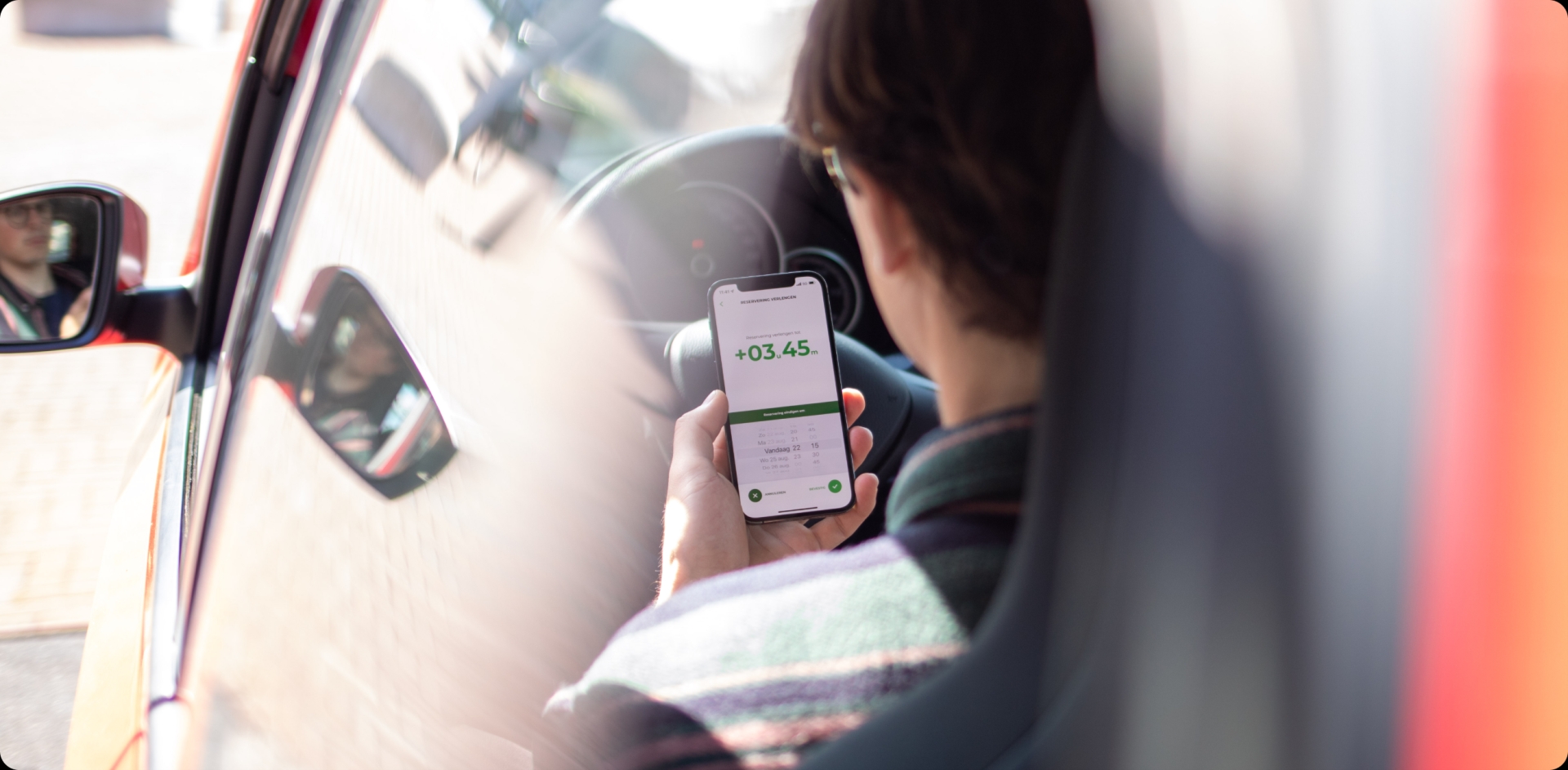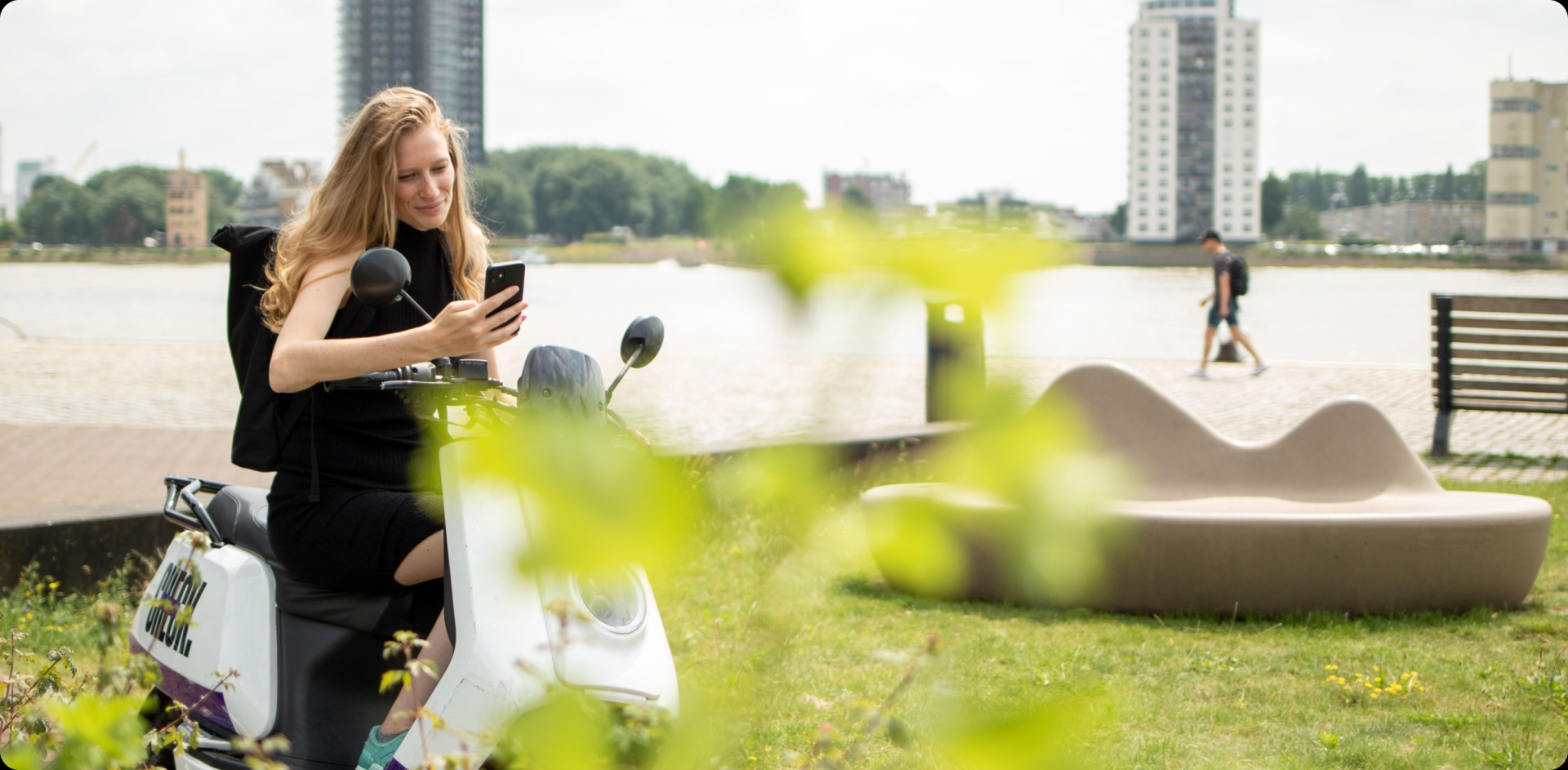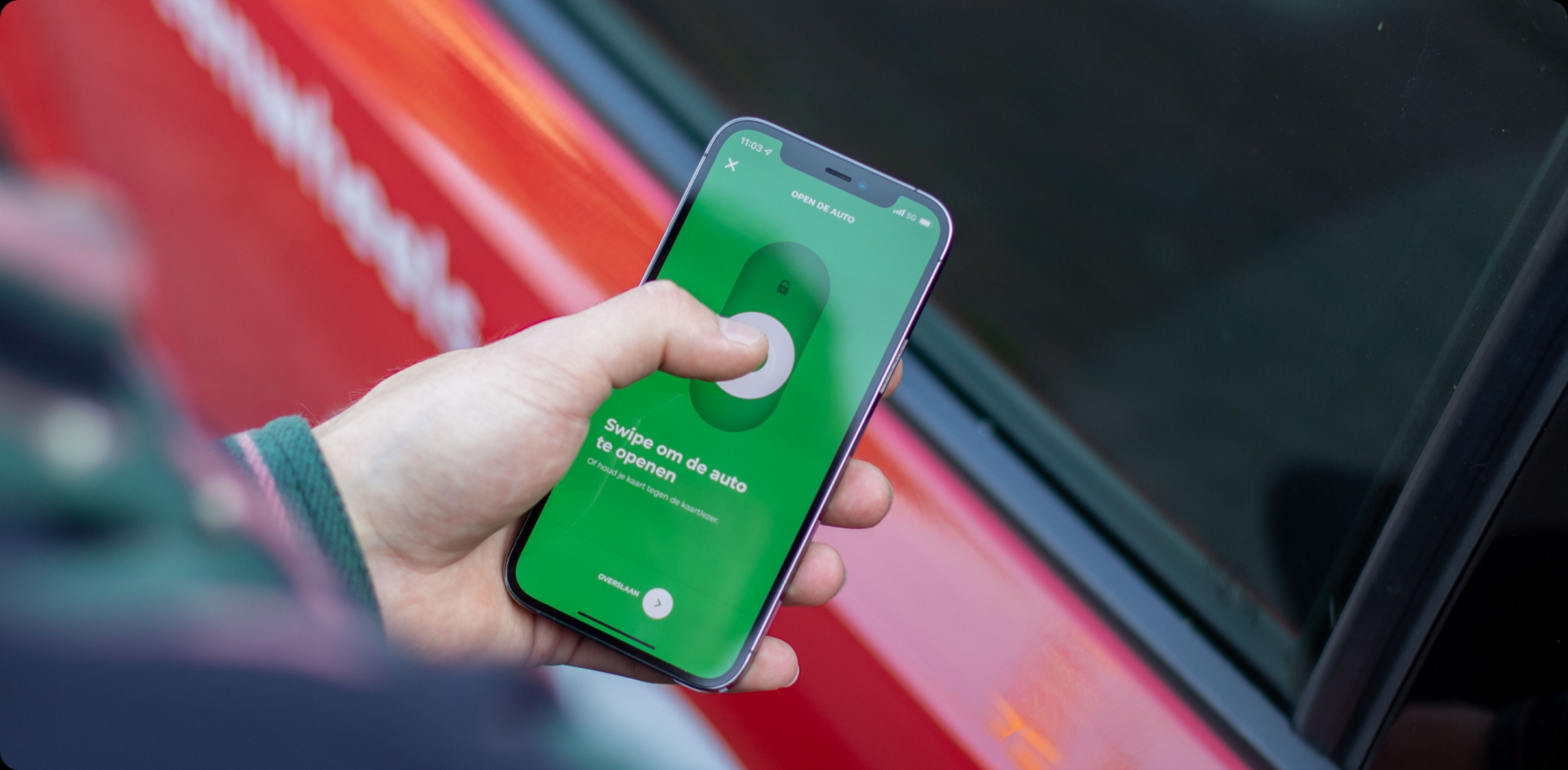Maritime wordt veranderd door IoT en DatascienceThe maritime sector
- Internet of Things
- Data Science
- Transformation

Menu

Jan 10, 2022
8 min

Rogier Stroband
Stel je eens voor: het is juni 2025 en je stapt je auto in om naar je werk te gaan. Je hoort op de radio al dat er file staat op jouw route en ja hoor, je mag weer aansluiten in de rij. Grote kans dat je even terugdenkt aan de quarantainetijd. Waar ging het mis?
De coronacrisis heeft onze wereld verkleind en ons onzekerder over de toekomst gemaakt. We kunnen er niet omheen dat deze crisis een enorme impact heeft gehad op het dagelijkse leven. Dit was niet anders dan bij voorgaande crisissen. Zo liepen we voor 9-11 bijna zonder controle het vliegtuig in en was een hypotheek aanvragen een stuk eenvoudiger voor de bankencrisis van 2008. De coronacrisis heeft wereldwijd zelfs meer invloed gehad op ons leven. Hoe heeft de coronacrisis de mobiliteitsmarkt veranderd?
Het reizigersonderzoek van de RAI bevestigt dat een deel van de thuiswerkers tijdens de crisis in de toekomst ook willen thuiswerken. In potentie levert dit een besparing op van ruim 0,4 megaton CO2 per jaar en 10 procent minder autoverkeer. Anderzijds wijst het onderzoek uit een dat er een groeiende behoefte is aan meer ‘virusvrij’ vervoer, zoals de auto en fiets.
Kortom, de wil en de noodzaak om ons mobiliteitsgedrag te veranderen is er wel. Maar welke innovaties gaan deze transitie tot een succes maken?

Shared Mobility is de overkoepelende term voor het delen van auto’s, fietsen of andere transportmogelijkheden. Niet betalen voor bezit, maar voor gebruik. Goed voor milieu, portemonnee en de verkeersdruk. Daarnaast is Shared Mobility in deze coronacrisis een veelgebruikt alternatief voor het OV.
Shared Mobility rukt de laatste de laatste jaren al op. Stedelingen vinden het bezitten van een eigen auto, fiets of ander vervoersmiddel steeds vaker onhandig en duur en kiezen daarom voor duurzamere oplossingen.
Onze klant Greenwheels zag al een flinke stijging in gebruik in en net na de coronacrisis.
De groei zet zich nu versneld door. Dat is mooi want hierdoor komen er minder auto’s op straat en worden steden leefbaarder.


Micromobility is de verzamelnaam voor lichtgewicht vervoersmiddelen, die meestal niet harder dan 25 km per uur gaan en gebruikt worden voor ritjes van maximaal 10 km. Denk hierbij aan (elektrische) fietsen, scooters, stepjes en skateboards.
In Nederland zien we Micromobility in het straatbeeld vooral door de deelscooters van Felyx en Check en Go Sharing. Elektrische stepjes zie je al veel in andere europese landen rijden, maar is in Nederland nog niet toegestaan. Wel wordt de druk opgevoerd om deze manier van vervoer ook op korte termijn in Nederland mogelijk te maken.
Het World Economic Forum heeft onlangs aangegeven dat Micromobilty aanbieders een grote rol kunnen gaan spelen in en na deze crisis. Er werd vooral nadruk op de vervoersinfrastructuur voor noodhulpverleners en de transport en de levering van voedsel en andere benodigdheden gelegd.

Door de groei van shared mobility en micromobilty wordt het plotseling steeds aantrekkelijker om meerdere vervoersmiddelen te combineren. Zeker wanneer we verschillende vervoersopties zoals de trein, tram, micro-mobiliteit en autodelen beter inzichtelijk kunnen maken door realtime-bezettingsgegevens aan te bieden.


De laatste jaren hebben verschillende innovaties ervoor gezorgd dat we contactloos kunnen betalen en sloten kunnen openen. Mede door coronacrisis heeft contactloos betalen een extra groei doorgemaakt. Zo ook in de mobiliteitssector. Contactloos afrekenen bij het tanken, (deel)auto’s met keyless entry, de digitalisatie van vervoersbewijzen en contactloos betalen in de taxi zullen steeds meer de norm worden in de (post)-coronatijd.

Net als bij de voorgaande crisissen ligt er een verantwoordelijkheid bij het bedrijfsleven om deze transitie tot een succes te maken.
Autofabrikanten focussen zich natuurlijk op elektrisch vervoer en autonomous driving, maar de laatste jaren ook steeds meer op het aanbieden van Shared Mobility en Micomobility. Zo kocht Ford onlangs deelscooter aanbieder Spin op en Volkswagen investeerde in startup Argo AI.
Ook Startups roeren zich in de mobiliteitsmarkt. De Israëlische startup Enroute, beloont aankopen bij grote webwinkels met duurzame kilometers. Nederlandse Startup Figo maakt het delen van leaseauto’s mogelijk en Swapfiets maakt fietsen steeds aantrekkelijker voor Nederlanders, Belgen en nu zelfs ook Denen.
We gaan hoe dan ook een interessante tijd tegemoet. Ook op het gebied van mobiliteit. Nu is het hopen dat we juni 2025 nog eens terugdenken aan deze tijd en ons bedenken: “De coronacrisis heeft echt een mobiliteitsverandering teweeg gebracht.”

